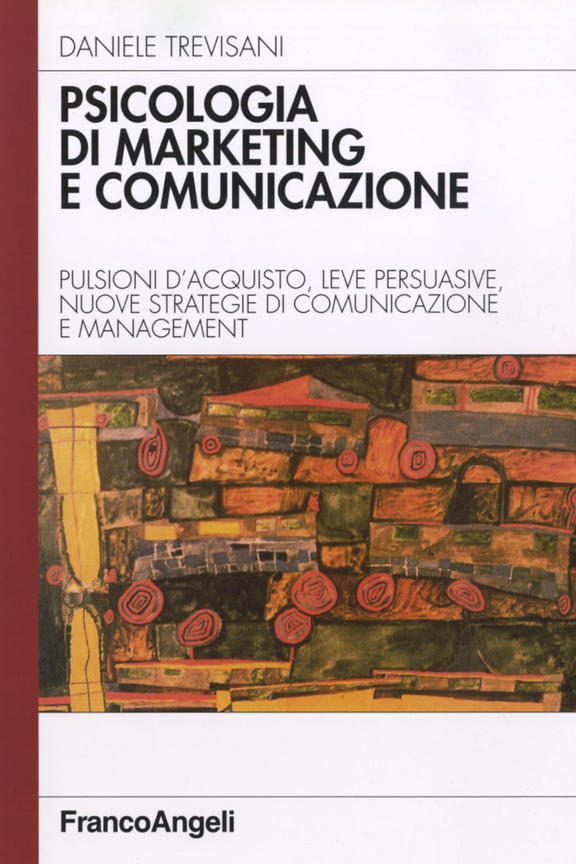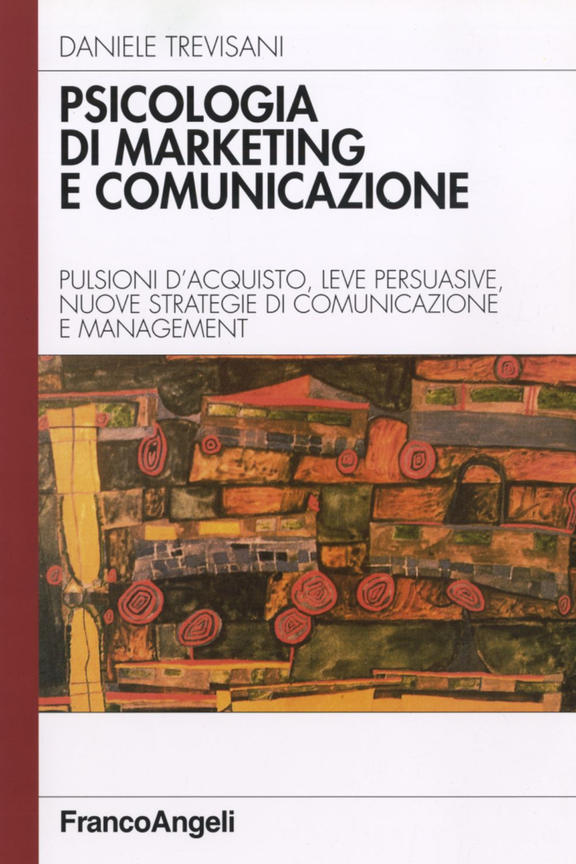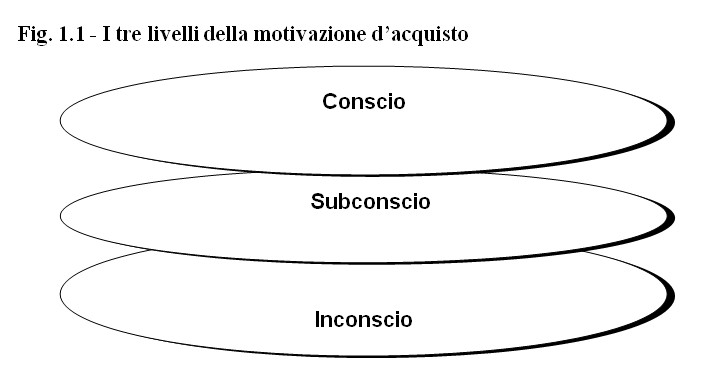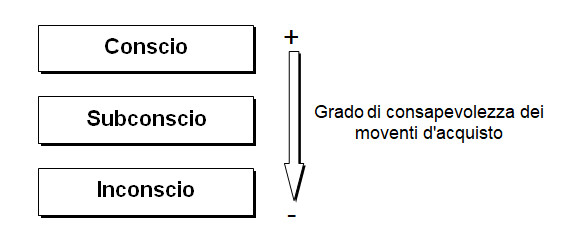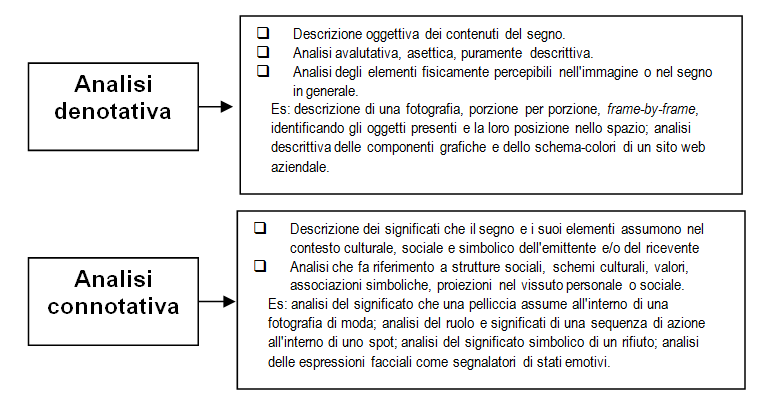© Article translated from the book “ PSICOLOGIA DI MARKETING E COMUNICAZIONE. Pulsioni d’acquisto, leve persuasive, nuove strategie di comunicazione e management” copyright Dr. Daniele Trevisani Intercultural Negotiation Training and Coaching, published with the author’s permission. The Book’s rights are on sale and are available. If you are interested in publishing the book in English, or any other language, or seek Intercultural Negotiation Training, Coaching, Mentoring and Consulting, please feel free to contact Daniele Trevisani
The Latent Psychological Re-Entry
Buying doesn’t just require a cash outlay. Often a purchase is charged with hidden psychological costs that increase its burden. For example, let’s assume that a company receives a proposal to switch to a new operating system for its PCs. If it has just finished an expensive training program for staff on the old operating system, the purchase cost will be burdened with non-monetary anxieties and worries (psychological costs).
For example, the perception may arise that the previous investment in training would immediately become useless. A second psychological cost can be of a relational and image nature. The buyer who decides to switch to the new operating system could be judged by employees as unable to program (Why did you give me a course on this operating system, if I just learned I don’t have to use it, and I have to start over? – he might ask himself the employee). The buyer can strongly feel the weight of this expected negative reaction, and decide not to buy, especially fearing the repercussions in the surrounding environment, even if the evaluation of the product is good. Another example of a hidden psychological cost is related to the value cost of a choice. A purchase choice is also weighed in the light of the underlying values.
For example, for a convinced ecologist / animal rights activist, buying a hamburger doesn’t just mean shelling out a few dollars, but rejecting all the values he believes in. The psychological cost in this case is vastly higher than the monetary cost. The same is true (in the ecologist) for the purchase of a fur coat, or a car that consumes a lot. Psychological costs are therefore divided, in our first categorization, into personal psychological costs (unwanted effects of the purchase linked to one’s own values or beliefs) and social or regulatory costs (they determine a non-purchase caused by the possible negative reactions of others: colleagues , friends, relatives, superiors, etc.).
Psychological costs include possible loss of image, values, changes in established habits, decreases in confidence, decreases in social approval, decreases in quality of life, increased anxieties and tensions, and other worries related in some way (in the mind of the customer) at the time of purchase. They affect purchasing behavior even if it is imaginative or based on unfounded data.
Let’s analyze a further case of buying innovation: the implementation of a corporate e-commerce system, proposed to an entrepreneur. We may find, for example, that the underlying separation cost is not just about the money needed (the cost of the system), but also includes anticipating a loss of control. The entrepreneur feels that others in the company (eg computer scientists, or the new internet marketing experts) and no longer him, will understand what is happening and how to manage the business. This causes a reduction in the sense of self-esteem and a fall in the role. These hidden psychological costs can be the fire that fuels surface objections. Understanding them, and then managing them, is absolutely necessary.
Just as the total cost is charged with latent psychological costs, the total return can be charged with additional psychological returns. Returns can in fact be both functional (I use the product I was missing and needed) and psychological (the purchase itself opens positive psychological horizons). Let’s assume a buyer facing a purchase of a new operating system for business PCs (cost: $ 100,000 initial), with evidence that it saves $ 100,000 per year in maintenance costs, for a system life of 5 years, producing also greater overall reliability. In total, the operation becomes zero cost for the first year, and allows a profit of $ 100,000 for the remaining 4 years. But up to this point we would be within the functional returns.
The psychological return is given by the fact that at that point the buyer will suddenly become the one who was able to find important additional resources for the company, fresh money to invest in new projects. This can be a source of pride and an additional boost to a coveted step change, which the person has been waiting for for years. In other words, the purchase is no longer evaluated purely in terms of physical or functional returns, but is enhanced by psychological returns (power, career, personal image in the company), and this increases its value. The return flow is charged with positive psychological horizons, personal or linked to the expected reaction of the reference groups (social / normative).
The real problem arises when the buyer becomes sensitive only to the savings factor mine and not to the additional value flows that a proposal can bring (innovation, skills, know-how). This focus on costs alone represents a real cognitive pathology of the buyer, which damages the company for which he works, even if sometimes it is the company itself that instills this culture in the buyer. Let’s examine a different case, the entrepreneur who buys the advanced e-commerce system. In this case, the purchase represents not only a qualitative leap in commercial management, but a source of pride for the group of entrepreneurs and colleagues around him.
Basically, it becomes a source of pride and self-realization, making the entrepreneur feel like the one who has been able to bring innovation to the company. In this second case we will have an additional load of self-image which increases the weight of the total psychological return. The purchase act must be managed by the marketing operator, paying attention to both latent psychological costs and potential psychological returns.
The choice to buy or not emerges from a set of weightings relating to the total cost and the total return of the purchase operation. The probability of purchase emerges as the difference between the two quadrants – mental balance outcome dominated by costs and expected psychological returns.
Purchase probability formula based on cognitive balance
- Probability of purchase = (Total Functional Return + Total Psychological Return) – (Economic Separation Cost + Psychological Costs)
- In summary: P.A. = (RTF + RTP) – (CSE + CP)
In terms of corporate sales strategies, the seller’s psychological journey must explore both quadrants. Above all, sales communication must possess the ability to (1) create interest in total return by developing arguments based on the subjective utilities of the customer, and (2) create an effective perceptual positioning of the total cost of separation (strategy of investment framing). In other words, the framing strategy must be successful in minimizing the psychological cost for the customer.
The Total Cost / Total Return model, described above, is important for our elaboration as it allows us to face a problem: the focus of communication (advertising or sales), too often focused on the emission of empty words, which do not have relationship with the subjective utilities of the customer, with latent costs and latent psychological returns.
Principle 1 – Of the positive difference between total psychological return and total psychological cost
- Company competitiveness depends on the ability to:
- Understand the total separation costs associated with the purchase (monetary costs + perceived or latent psychological costs) and know how to reduce them through communication;
- Develop effective communication capable of enhancing the intensity of total returns (functional and psychological), knowing how to insert psychological value in the offer package;
- Develop effective communication relating to the total budget of the purchase operation, in which the total perceived returns (functional and psychological) exceed the total perceived costs (economic and psychological).
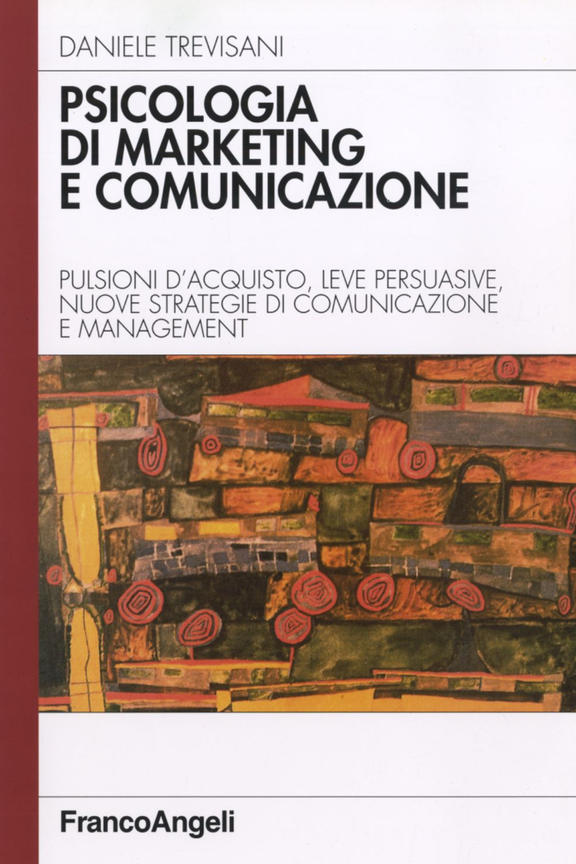
© Article translated from the book “ PSICOLOGIA DI MARKETING E COMUNICAZIONE. Pulsioni d’acquisto, leve persuasive, nuove strategie di comunicazione e management” copyright Dr. Daniele Trevisani Intercultural Negotiation Training and Coaching, published with the author’s permission. The Book’s rights are on sale and are available. If you are interested in publishing the book in English, or any other language, or seek Intercultural Negotiation Training, Coaching, Mentoring and Consulting, please feel free to contact Daniele Trevisani.
- Website of Studio Trevisani Academy For Business Training, Coaching e Mentoring, in Italian
- Website Dr. Daniele Trevisani in Italian
- Dr. Daniele Trevisani – Website in English
- Comunicazioneaziendale.it Italian website on Business Communication
- Medialab Research Cultural Association for Communication Research
- Dr. Daniele Trevisani Linkedin Profile in English
- Facebook Channel
- YouTube Channel




